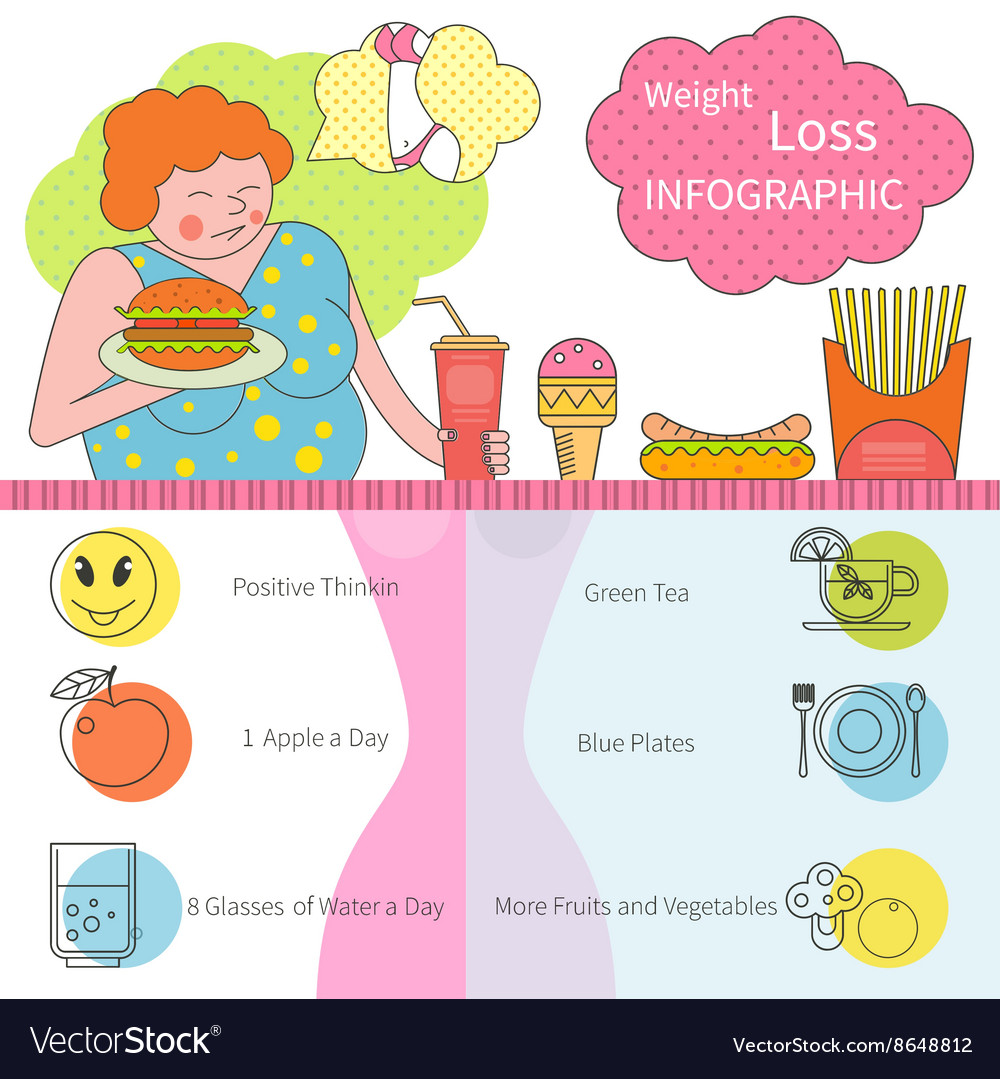Cold Laser Therapy Before And After Images Revealed
Cold Laser Therapy Before And After Images Revealed
Blog Article
Scientific Research Study on the Efficiency of Cold Laser Strategy
Cold laser treatment is a valuable device to assist suffering administration and the healing process. It is commonly utilized in sports medicine, dermatology and acupuncture.
Cold lasers pass through deep right into cells and advertise chemical modifications without heating them. They decrease inflammation and swelling, speed cellular task and accelerate recovery.
Academic History
Unlike the high-intensity lasers that surgeons use to cut through tissue, cold laser therapy makes use of light-emitting diodes to pass through right into your skin and advertise recovery. As these photons reach broken tissues, they launch a domino effect that increases your cells' manufacturing of enzymes and accelerates your body's all-natural healing procedures.
The photons also lower pain via the production of endorphins and boost your body's ability to drain pipes swollen locations by inducing vasodilation (the growth of blood vessels). Because of this, it helps you recuperate from bone and joint injuries and pain quicker.
Many people have actually found out about cool laser treatment from their physiotherapist, chiropractic practitioner or medical professional and may be asking yourself how it functions. Unlike the majority of laser devices utilized in the clinical field, which really warm up tissue, our advanced tools releases cool laser light beams that do not create any home heating of your cells. This allows your body to obtain the therapeutic benefits without causing any adverse effects.
Professional Trials
Cold laser treatment is often recommended as a therapy alternative for people who have bone and joint discomfort and injuries. It can be made use of to reduce inflammation, enhance cells and accelerate the body's natural healing procedures.
Non-thermal photons of red and infrared laser radiation are soaked up by the light delicate elements in cells and start a boost in intracellular metabolic rate that raises cell reproduction, decreases inflammation, removes edema and shortens healing time.
Unlike the light that is generated by sunshine or conventional lights, laser light is identical (all wavelengths travel parallel), systematic and single. These homes permit laser power to penetrate deeper into the tissues.
Numerous professional trials have shown that LLLT can be efficient in lowering discomfort in the musculoskeletal system. Nonetheless, more properly designed research studies are required to examine the ideal setups for laser irradiation and to establish its performance in specific conditions, such as dental mucositis in cancer cells people obtaining radiation treatment or radiotherapy, and injury recovery (consisting of diabetic person ulcers complying with hammertoe surgical procedure). This Aetna plan publication does not attend to various other uses of LLLT, including the treatment of different skin diseases.
Final thoughts
Unlike surgical lasers that can ruin lumps or coagulate tissue, cold laser treatment does not heat up the body's cells. Rather, the light boosts your cells to produce adenosine triphosphate, which accelerates the repair service procedure of hurt cells.
Aetna thinks about low-level laser (LLL) therapy medically necessary for the avoidance of dental mucositis related to cancer cells therapy (radiation treatment, radiation treatment, hematopoietic stem cell hair transplant) and non-cancer therapies (such as radiodermal injury, fibromyalgia). A number of studies revealed that LLT can be reliable in minimizing PU signs without unfavorable effects. Nonetheless, distinctions in research styles and laser dosimetry made comparison of the results difficult; RCTs with reduced threat of prejudice are required. Using a 660 nm wavelength and greater power thickness seems much more reliable than the other researched laser wavelengths. This could be because the other wavelengths might promote inflammatory processes and cause even more negative effects. The result of the type of laser used is additionally crucial; the authors suggest that future research concentrate on reviewing various kinds of lasers and their doses to identify the ideal combination of laser criteria for PU prevention.
Recommendations
Cold laser therapy is utilized by dental practitioners to treat inflamed gum cells, medical professionals to ease pain triggered by rheumatoid joint back pain inflammation, and physiotherapists to speed up the healing of muscle, tendon, and tendon injuries. Lots of clinical insurance plans cover this therapy.
Unlike warm lasers, which have a thermal effect on tissues, chilly lasers (likewise called low-level lasers) stimulate the mobile energy of the skin. Photons from the laser light permeate into the cell, activating a series of chemical adjustments that promotes regrowth and decreases swelling.
In order to work, lasers have to be effectively setup and utilized. This is why it is not recommended to get an economical non-prescription laser tool and attempt to treat on your own at home. A trained practitioner is required to guarantee that the gadget is utilized properly to decrease the risk of eye injury and maximize its effectiveness. The laser device must be adjusted to the correct setting, intensity, regularity, and placement of the laser on the therapy location.